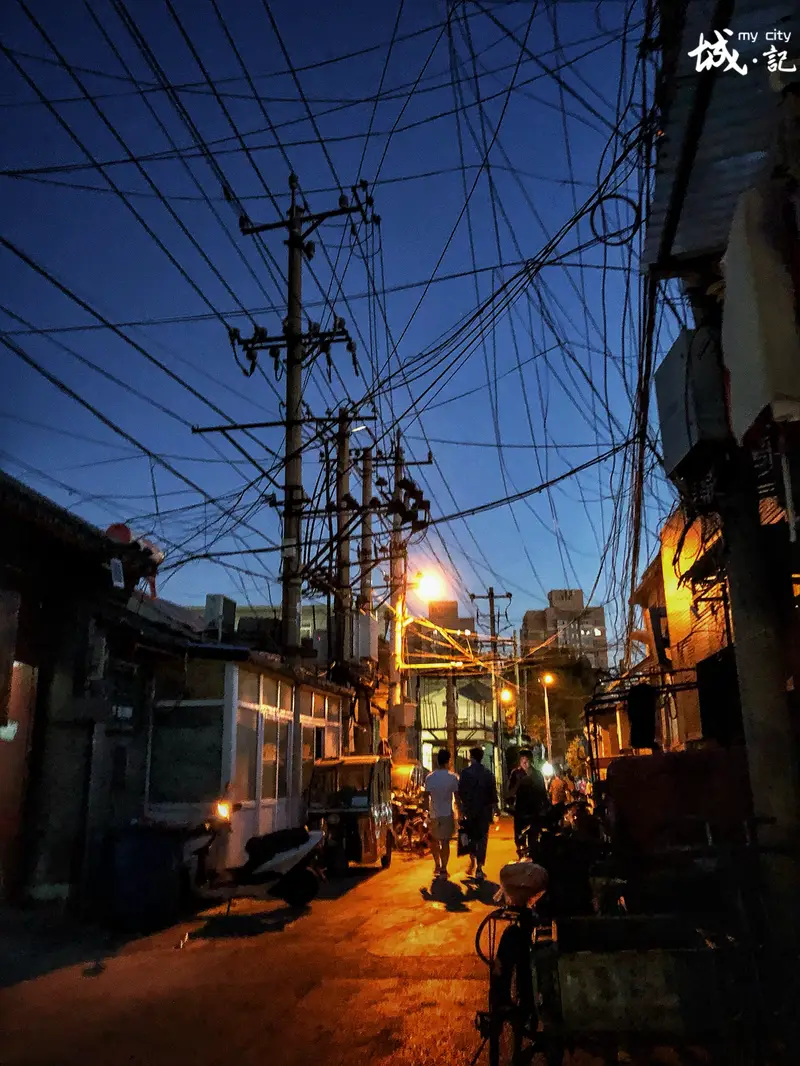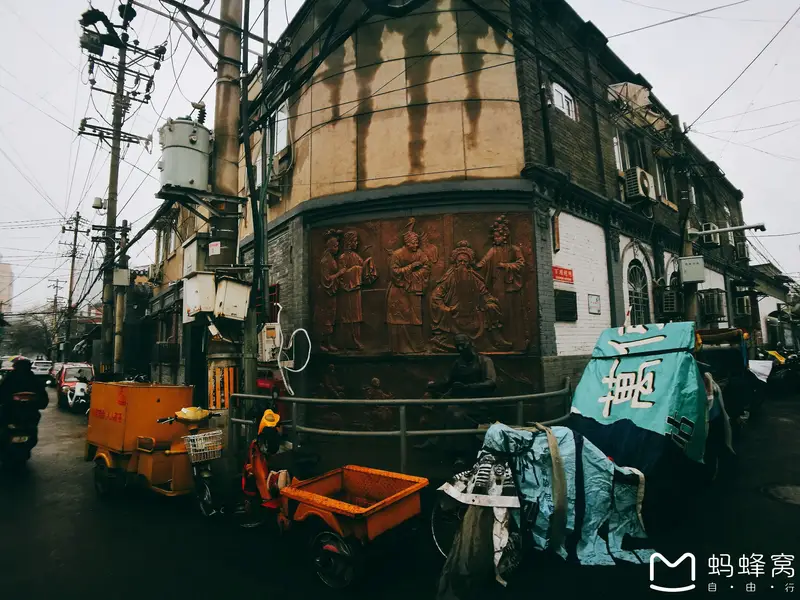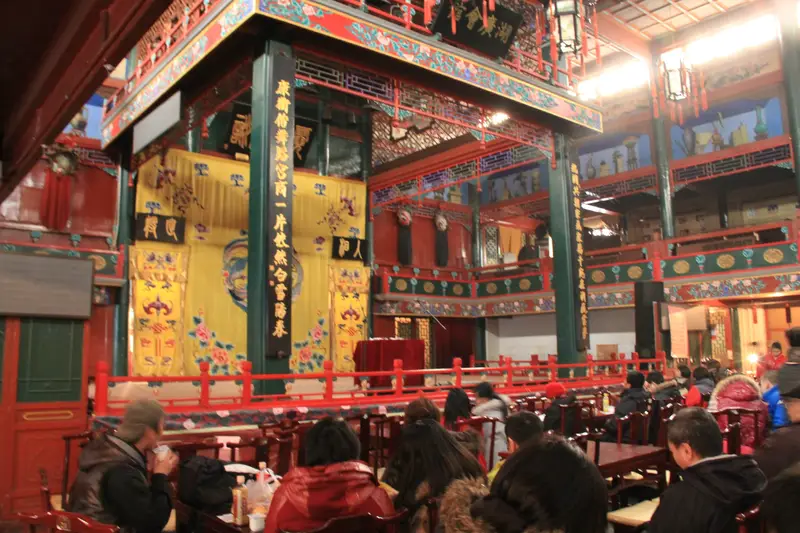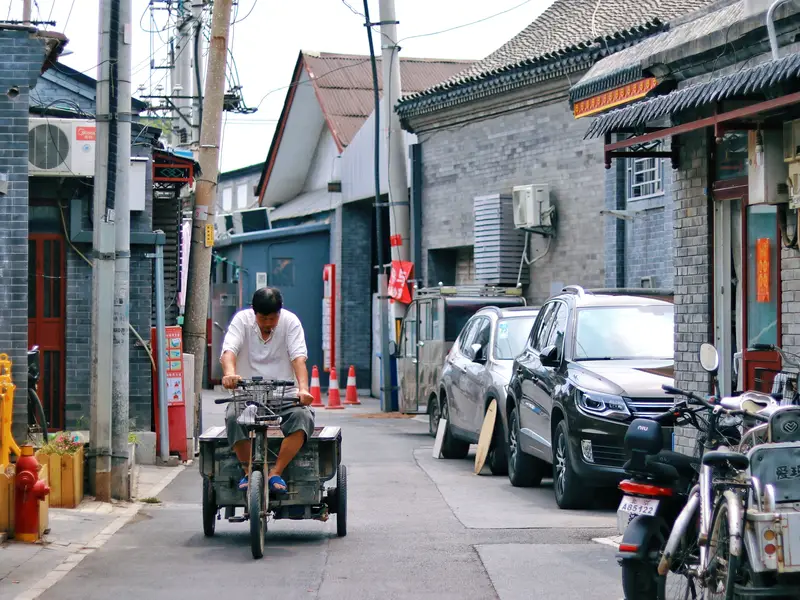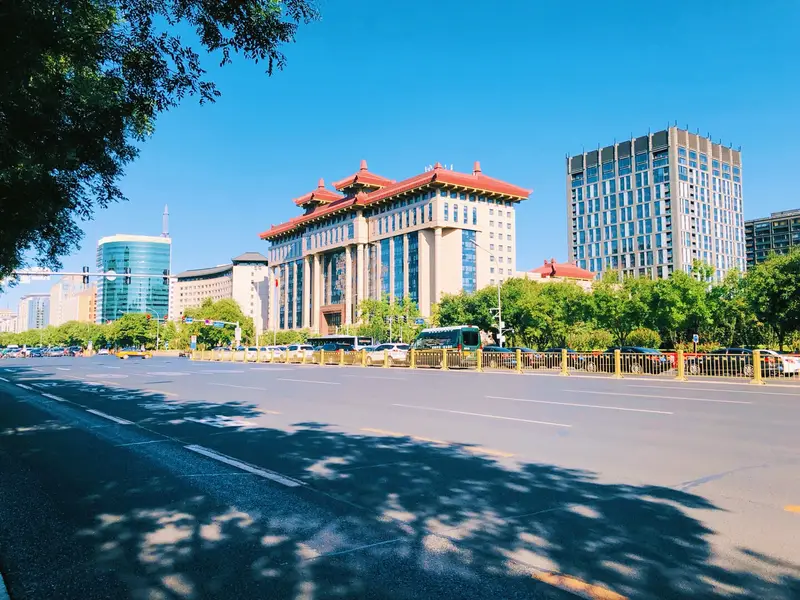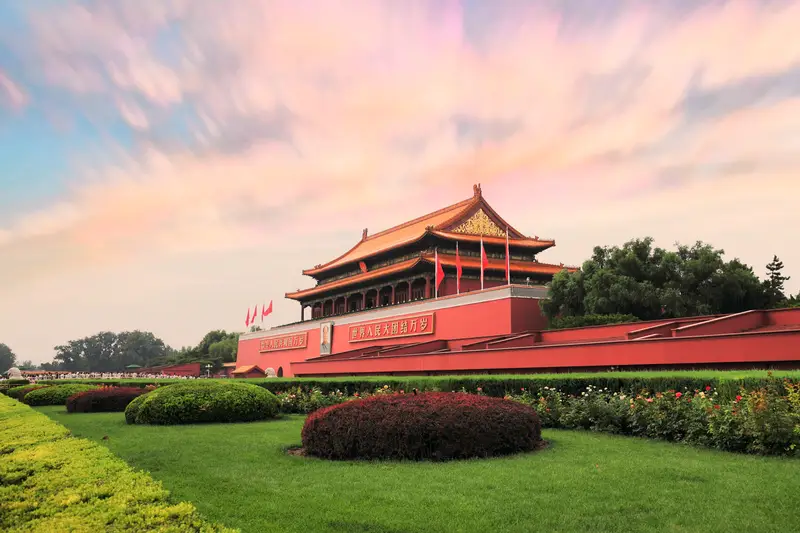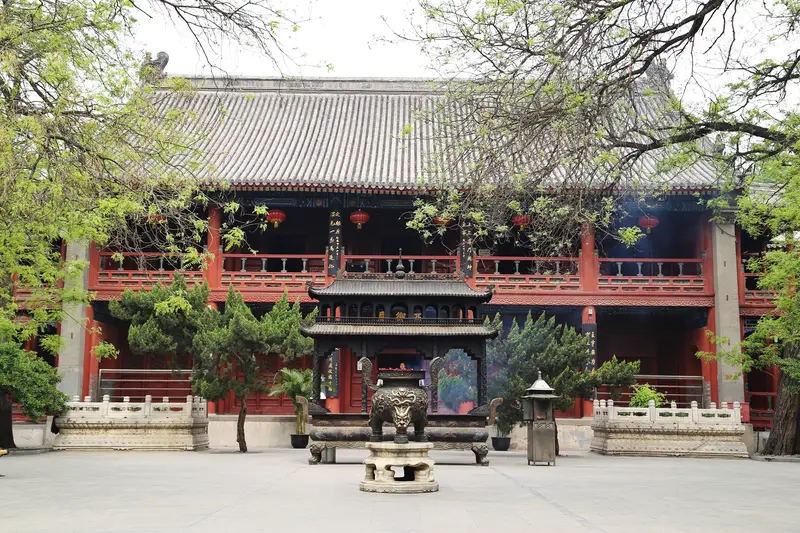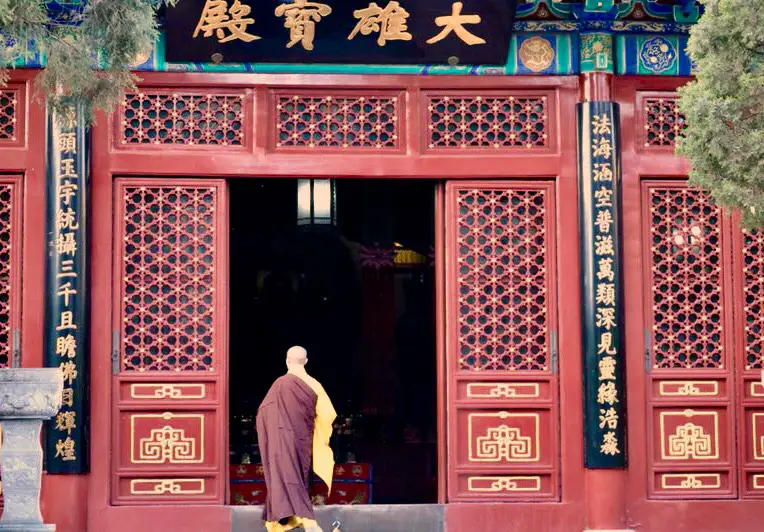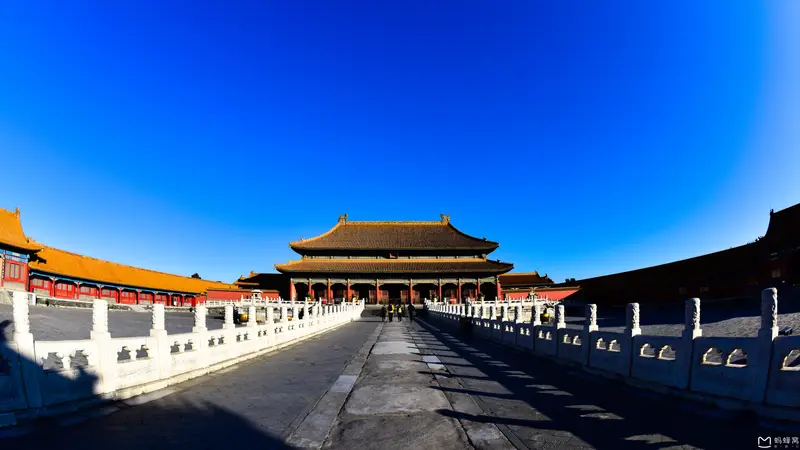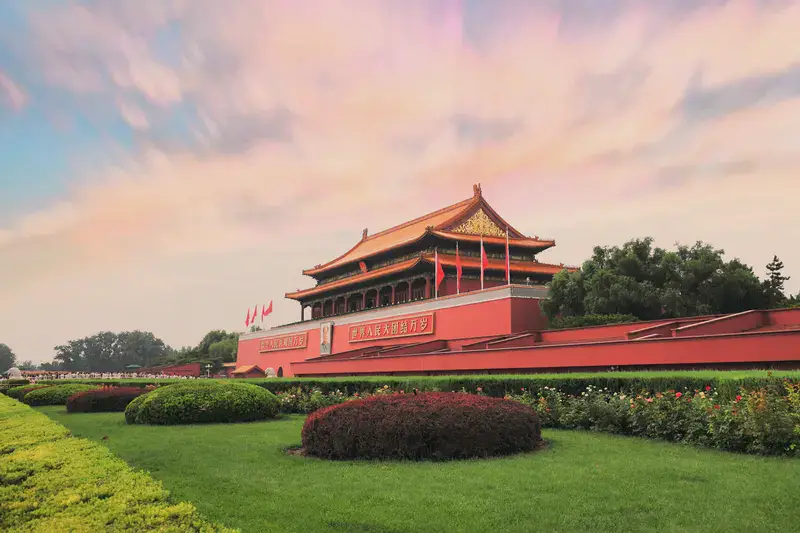Location and Transportation
Shaanxi Lane is a historic street located in the heart of Beijing, China. It’s situated in the Xicheng District, just a short distance from the famous Qianmen Street and Tiananmen Square. If you’re coming from the city center, the easiest way to get there is by taking the subway. The nearest station is Hepingmen Station on Line 2. From there, it’s just a 5-10 minute walk to Shaanxi Lane. If you prefer a more scenic route, you can also take a rickshaw or even walk from Qianmen Street, which is a bustling area full of shops and restaurants.
Natural Landscape
While Shaanxi Lane itself is not known for natural landscapes like mountains or rivers, it’s surrounded by a charming urban environment. The lane is lined with traditional Chinese courtyard houses, known as siheyuan, which are often adorned with beautiful plants and flowers. During spring and summer, the street comes alive with greenery, making it a pleasant place to stroll. If you’re looking for a more natural escape, nearby parks like Taoranting Park offer a peaceful retreat with ponds, bridges, and lush gardens.
Cultural and Historical Significance
Shaanxi Lane is steeped in history and culture. It was once a hub for Beijing’s hutongs (narrow alleys) and was famous for its opera houses and theaters. In the past, it was a place where many famous Chinese opera performers, including Mei Lanfang, lived and practiced their craft. The lane is also associated with the story of the “Four Great Courtesans,” who were renowned for their beauty and talent. Today, the area still retains much of its historical charm, with old buildings and plaques that tell the stories of its past.
Architecture and Landmarks
One of the most striking features of Shaanxi Lane is its traditional architecture. The siheyuan (courtyard houses) are a classic example of Beijing’s old residential style, with their symmetrical layouts and intricate wooden carvings. Some of these houses have been converted into museums or cultural centers, offering visitors a glimpse into the life of Beijing’s past residents. One notable landmark is the former residence of Mei Lanfang, which is now a museum dedicated to his life and work. The museum showcases costumes, scripts, and other memorabilia from his illustrious career.
Facilities and Amenities
Shaanxi Lane is well-equipped for tourists, with a variety of facilities to make your visit comfortable. There are several small cafes and teahouses where you can take a break and enjoy a cup of traditional Chinese tea. If you’re feeling hungry, there are plenty of local restaurants offering delicious Beijing cuisine, such as Peking duck and jiaozi (dumplings). For those interested in shopping, there are a few small shops selling traditional Chinese crafts and souvenirs. Public restrooms are also available, though they may not always be Western-style.
Experience and Activities
Visiting Shaanxi Lane is like stepping back in time. The best way to experience the area is by taking a leisurely walk through the lane, soaking in the atmosphere and admiring the architecture. You can also join a guided tour to learn more about the history and culture of the area. If you’re interested in Chinese opera, don’t miss the chance to visit the Mei Lanfang Museum, where you can learn about the life of one of China’s most famous opera performers. For a more interactive experience, you can even try on traditional opera costumes and take photos.
Nearby Attractions
Shaanxi Lane is conveniently located near several other popular attractions in Beijing. Just a short walk away is Qianmen Street, a bustling pedestrian street filled with shops, restaurants, and historic buildings. If you’re interested in history, you can visit the Forbidden City or Tiananmen Square, both of which are just a short taxi ride away. For a more relaxed experience, head to Taoranting Park, where you can enjoy a peaceful stroll or a boat ride on the lake.
Tips for Visitors
When visiting Shaanxi Lane, it’s best to wear comfortable shoes, as the area is best explored on foot. The lane can get crowded, especially during weekends and holidays, so try to visit early in the morning or late in the afternoon to avoid the crowds. If you’re not familiar with the area, consider hiring a local guide who can provide you with more in-depth information about the history and culture of the lane. Lastly, don’t forget to bring a camera, as the area is full of photo opportunities that you’ll want to capture and remember.


